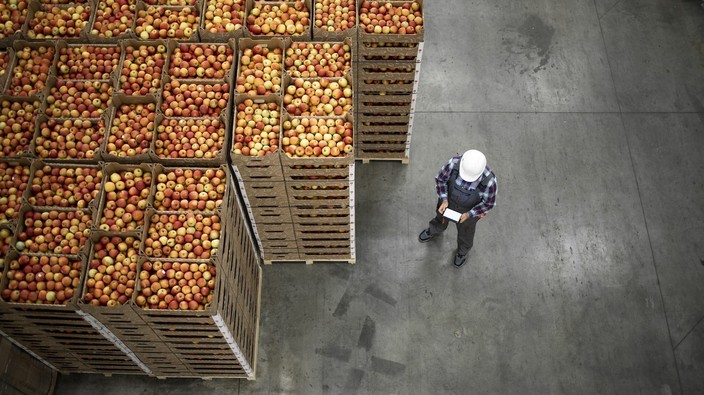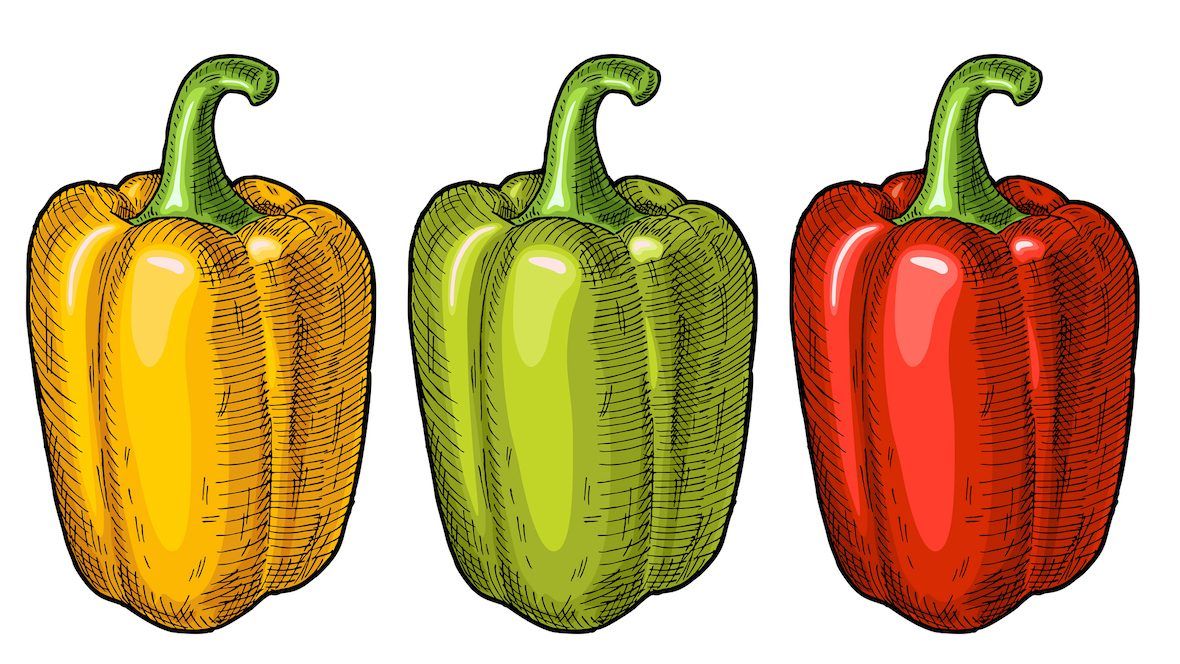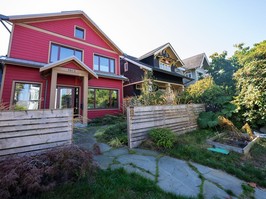charlebois cites the california-based berry grower driscoll’s, which controls about one-third of the six-billion-dollar u.s. berry market. with california running out of water, in turn reducing their yields, they struck a deal with some canadian farmers to grow their berries in canada.
“it’s a win-win-win,” he says. “driscoll’s will have access to favourable growing conditions, they don’t have to spend money on r&d, intellectual property and trades and genetics, and consumers have access to a locally grown product even though the brand is international.”
how do we put the ‘green’ into greenhouses?
the long journey our food takes from farm to table not only takes a toll on the environment, but on the food itself. the longer that tomato sits on a truck from mexico or california, the more nutrients that are lost. producers mitigate this by shipping under-ripe produce that will ripen en route, by coating apples in wax or cucumbers in plastic to retain moisture, and by strictly managing cold chain systems. also, many industrial farms are equipped to freeze fresh-picked produce on-site.
but none of that addresses the environmental impacts of water, rail, road and air transport. while the
david suzuki foundation encourages eating locally, it maintains that a larger carbon footprint (83 per cent) is left by
how our food is grown, versus
where it’s grown (11 per cent) — and one way to address both is through greenhouses.
 6 minute read
6 minute read









